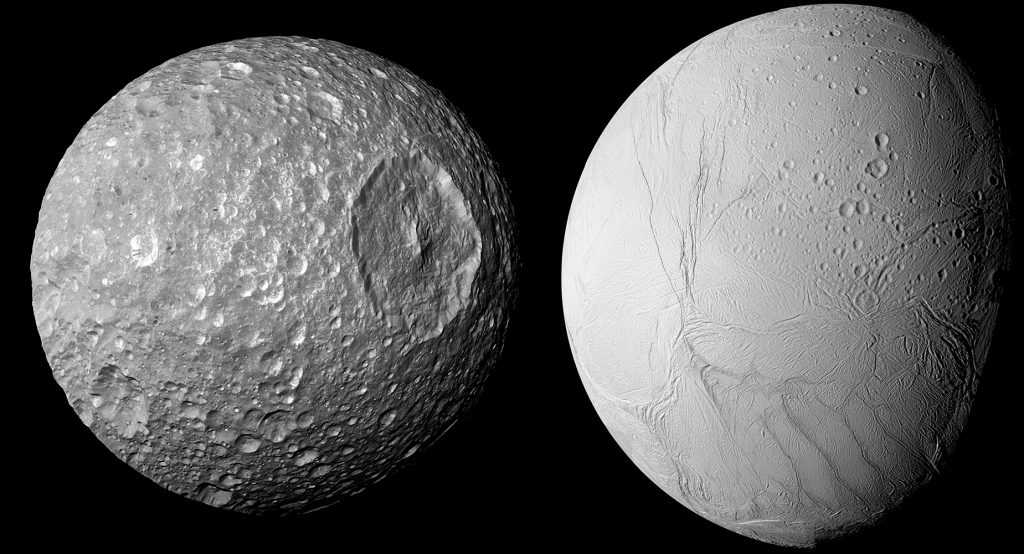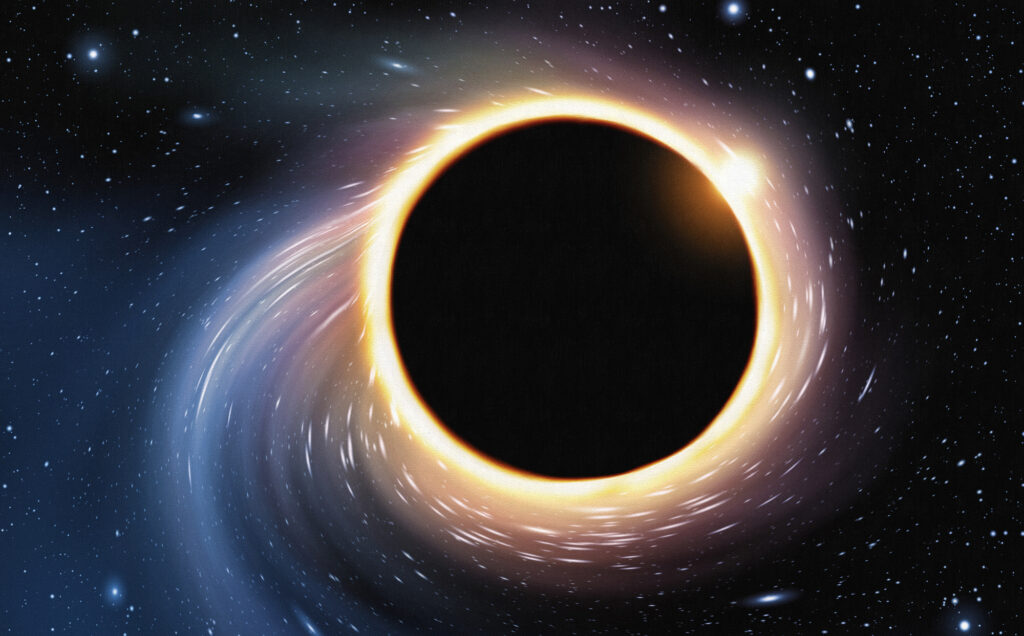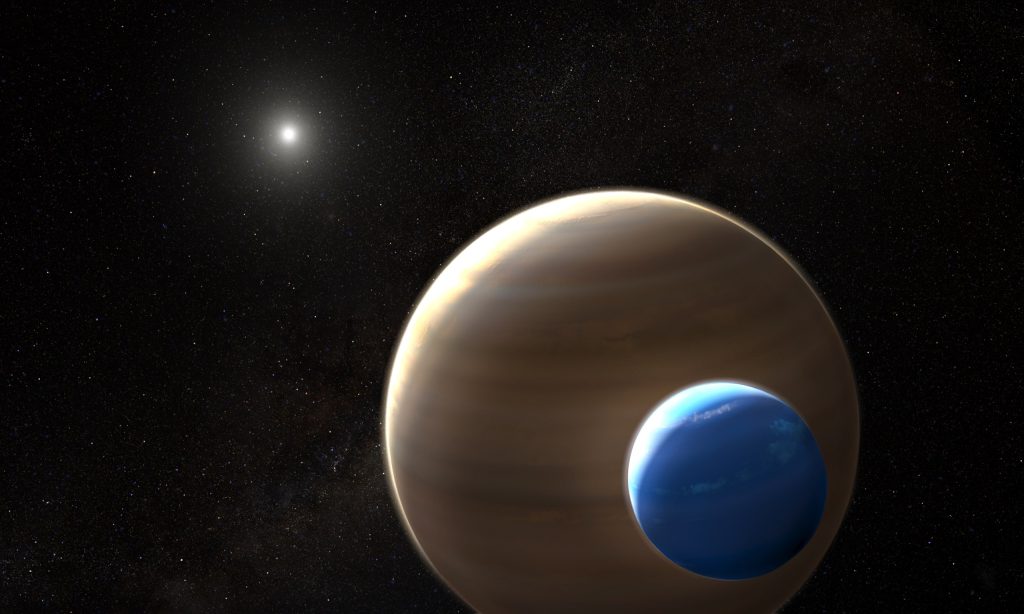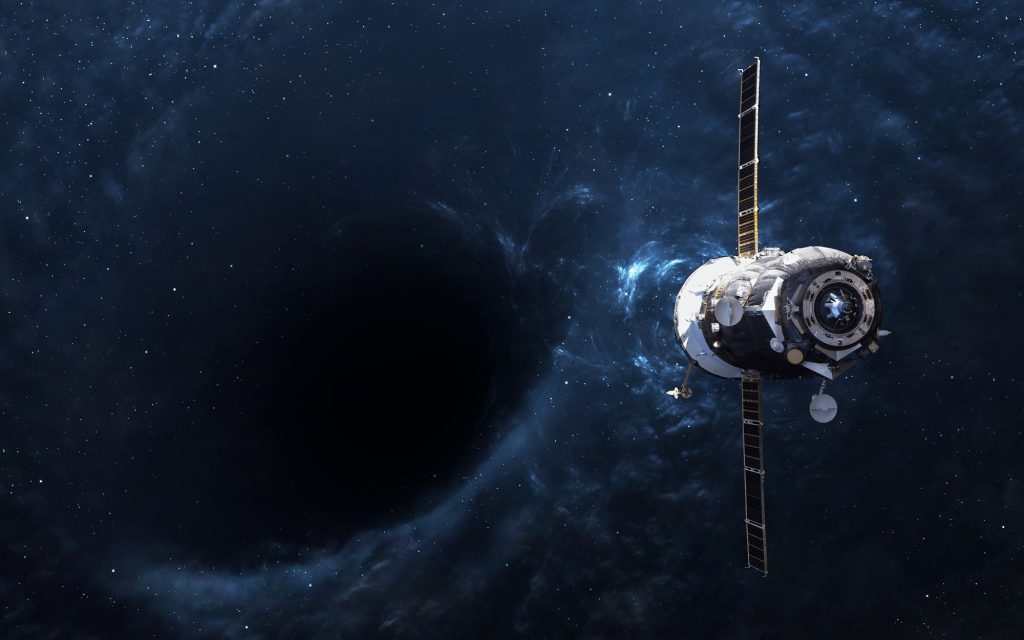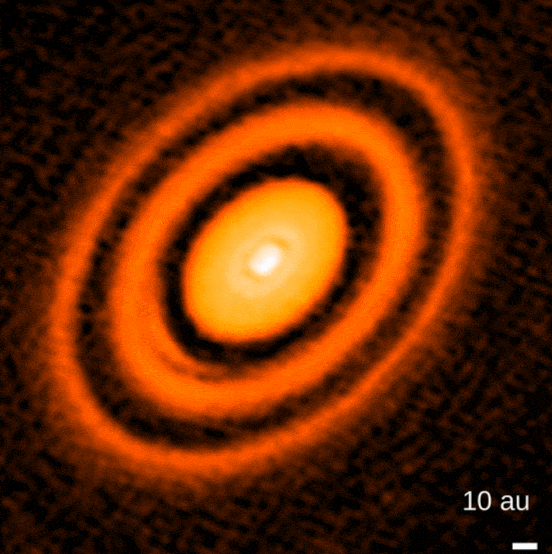X(3872): A mysterious particle from the early days of the universe
At the very beginning of the universe, it was still very, very hot. At that time, matter did not consist of the particles we know today, such as protons or neutrons. If it becomes too hot for these particles (generally called hadrons), they start to boil and decompose into their components, like water becomes steam. For this it must be at least 1.7 trillion Kelvin (3 trillion Fahrenheit) hot, the so-called Hagedorn temperature. The particles which then float in the soup, the plasma, are on the one hand quarks, on the other hand gluons. The gluons are normally the…



